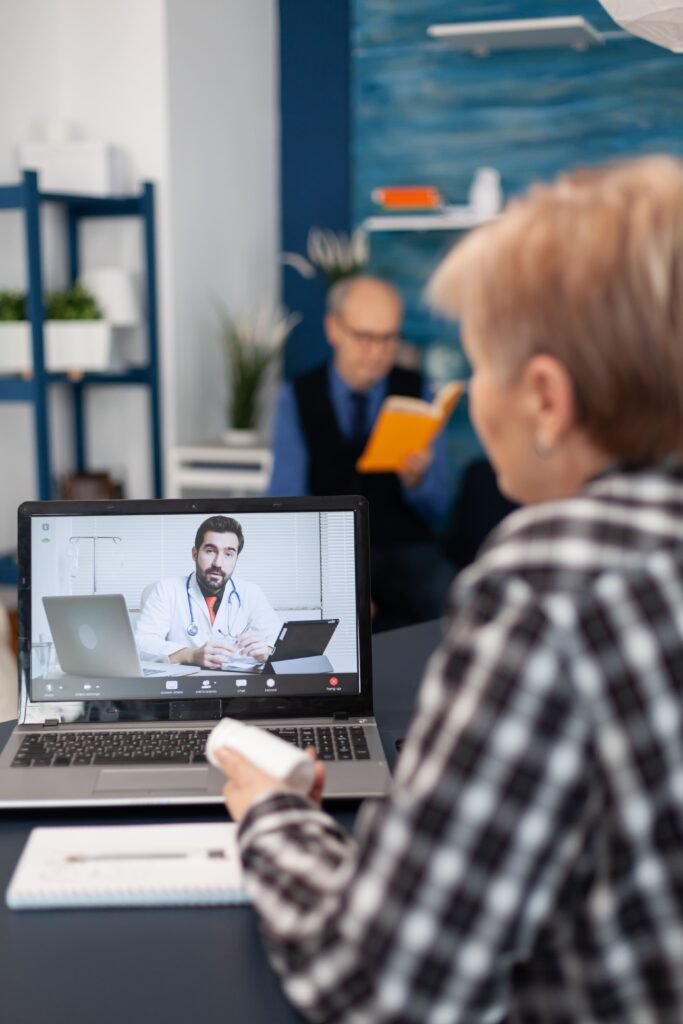FAQ
Do you take insurance?
Good Medics does not accept insurance. We believe in transparent, upfront pricing with no hidden fees, and we’ll show you the cost of your visit before you ever speak with a doctor.
When can I make an appointment?
As soon as your purchase is complete, you’ll get a link to register in the patient portal. From there, you can choose the time that works best for your schedule.
When will I see a doctor?
Most patients are seen within 24 hours. You’ll be able to schedule a telehealth visit right after registering in the portal and completing your forms.
Will I get medications if needed?
Yes. Your provider can prescribe antifungal treatments if they determine it’s appropriate based on your symptoms and history.
What causes yeast infections?
They result from overgrowth of the Candida fungus due to antibiotics, hormonal changes, diabetes, or irritants that disrupt vaginal balance.
What are the symptoms?
Itching, burning, thick white discharge, redness, and pain during urination or sex are common. In oral or skin cases, symptoms may vary.
Can this be diagnosed via telehealth?
Yes. Most uncomplicated yeast infections can be diagnosed based on symptoms and treated without in-person exams.
Do I need lab testing?
Usually no. But if you have recurring infections or your symptoms don’t respond to treatment, testing may be recommended.
How fast will I feel better?
Most patients begin to feel relief within 1–2 days of starting treatment, with full recovery in about a week.





